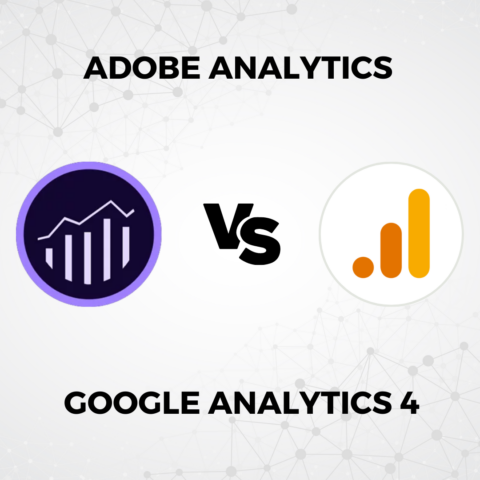
This year, Adobe has announced the release of several innovative product updates such as Journey Optimiser and Offer decisioning. But what does it all really mean from a Customer Experience perspective?
Customer-centricity is still a key topic
Being customer-centric is critical to brand performance. For example, the cruise company AIDA places powerful connotations of love at the centre of its brand due to an alteration in their marketing strategy, empowered by Adobe Experience Cloud of course.
Instead of having a transactional relationship with their customers, AIDA sought to build a long-term affiliation. They want loyal customers, who come back year after year with the brand imprinted on their heart. This point was illustrated by pictures of customers getting real tattoos of the AIDA logo in memory of a great experience!
They have obtained loyalty by listening to customer needs and humanising content. They hired teams to respond to community queries and grievances on social media forums and have been driving engagement with customers through audience-led ship designing and #aidamoment posts. AIDA even created a YouTube channel to provide insight and humanise crew members.
Now, perhaps this new strategy was only prompted by the current situation where passengers simply cannot travel but it has forced them to really think about how the frustrated holiday-goer feels. Their three-point message is still clear.
Stay in touch with your customer. Engage with them. Listen.
Even beyond the pandemic, this is a smart strategy as we know the customer’s lifetime value is likely to dramatically increase, not to mention knock-on effects such as brand awareness via social channels. Great Customer Experience comes with business rewards!
Dixons Carphone also found ways to understand customer frustrations, which in turn has improved their Customer Experience. Using Adobe’s Experience Cloud, one of Dixons’ sub-brands, PC World, completely altered their welcome journey so that it would address early ownership pain points.
For example, further to purchasing a large screen TV, the biggest challenge for the customer is to mount it on the wall. So why not provide timely information on how to install it? What about helping with the broadband setup in the context of HD video streaming?
Using an omnichannel program built around key customer moments, they can help solve these common issues and subsequently drive loyalty to the brand.
In practice, this is executed by simple and engaging email content with “how to” videos in the post-purchase journey.
What is the role of technology in creating great CX?
Some technology advances have the potential to redefine customer interactions. AMP for example, allows buyers to engage and transact inside an email without having to click on a link. In the demonstration, a customer adds a “buy one get one free” directly from the email into their digital wallet for future use. In the same vein, additional items can be added to an existing order.
This results in an exceptionally smooth customer experience. To quote Kara Kelley (Principle Consultant, Adobe) – “This is the biggest thing to happen to email since email itself”.
Yet, everyone is also aware that a good Customer Experience is sometimes just a front for increasing business revenue.
Take the new Adobe Journey Optimiser. The tool allows users to set business goal metrics which are all about maximising metrics such as “New Users”, “Product Upsell”, “Order value” or “Store visits”. This is great for Marketing teams whose role is ultimately to help businesses maximise revenue but in what we saw there was quite blatantly no metric for CX. Does anyone genuinely care about the customer experience or is it just a means to an end?
The challenge could also come from the fact that CX cannot be definitively measured. There are many facets that make up CX and no easily accessible metric. How do you maximise an outcome that can only be inferred through metrics like NPS?
In the absence of metrics, great CX is associated with what marketing perceives as pleasant experiences. It becomes synonymous with seamless and effortless journeys through a buying process or the relevancy of messages at every stage. Something which tools like AJO could help implement, despite being a “results-driven application”.
Finally, let’s keep in mind that business objectives and great CX are not always strictly aligned. Striking the balance between the two is one of marketing’s key challenges.
Conclusion
There is an assumption that most companies ARE striving to provide a great customer experience. Some do not have the data or the automation tools in place to do so appropriately. Adobe is aiming at assisting them in this endeavour. From a content perspective, Adobe also brings its creative suite right into the execution, this plays an important part in the customer’s experience, although it is often an afterthought when Martech is being discussed.
Ultimately the brands are in the driving seat when it comes to content creation, to building journeys, and overall how to utilise the tools and data to drive their primary business purpose, like selling a service or a product.



